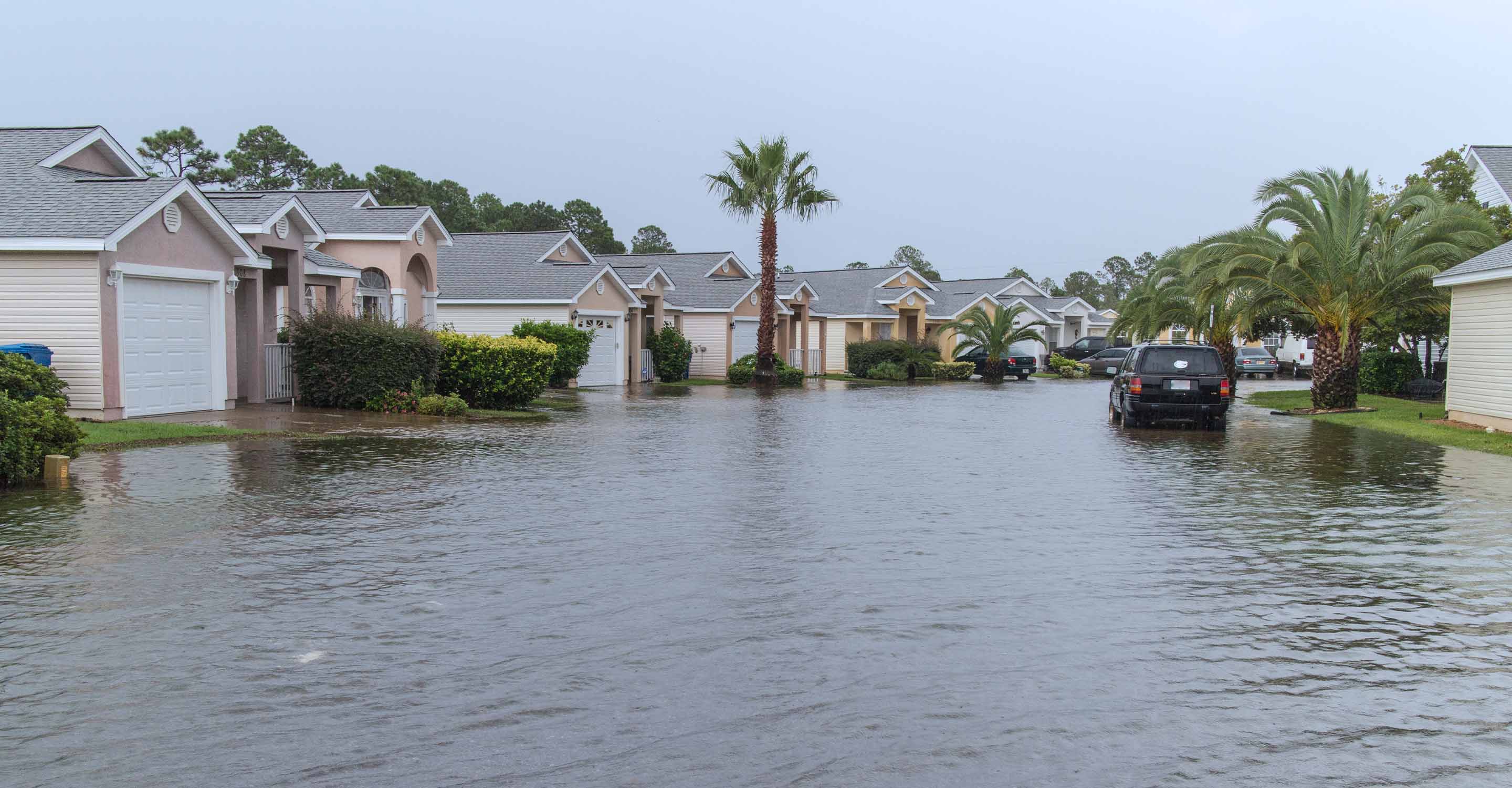Stockholm air quality map
Live air pollution map of Stockholm
34.3K people follow this city
Full screen
Contributors
3
Stations
7
Contributors category
2
Government
0
Non-profit organization
0
Educational
0
Corporate
1
Individual
0
Anonymous
Most polluted air quality stations
| # | station | US AQI |
|---|---|---|
| 1 | Stockholm E4/E20 Lilla Essingen | 102 |
| 2 | Stockholm Sveavägen 59 Gata | 50 |
| 3 | Stockholm Hornsgatan 108 Gata | 47 |
| 4 | Stockholm Torkel Knutssongatan | 36 |
| 5 | Urban bakgrund (Stockholm) | 36 |
| 6 | Stockholm St Eriksgatan 83 | 27 |
| 7 | Kringelkroken | 12 |
Health Recommendations
| Enjoy outdoor activities | |
| Open your windows to bring clean, fresh air indoors GET A MONITOR |
community highlight
Stockholm most followed contributors
Become a contributor
Get an AirVisual Outdoor and contribute to collecting millions of data points for the Stockholm map to track local air pollution
Understand air pollution and protect yourself
Stockholm MAP AIR QUALITY ANALYSIS AND STATISTICS
What information about air pollution can be found on the air quality map for Stockholm?
Having found the way to the main city map, the air pollution map for Stockholm is very easy to find. As the main page is open, the map page can be found immediately to the left-hand side of the page. By clicking on the map, you will be directed to another page which is dedicated to air quality in the city.
Once the map is accessed and opened, the first thing to notice will be the overall colour of the map. At the end of the second quarter of 2022, the overall map colour was green which indicates “Good” air quality. The meanings of the various colours are explained in the legend at the foot of the page. The viewer will also see several coloured discs, some of which may appear to be overlapping but this will stop when the map is expanded and the discs separate. These discs bear the same colours as described in the legend and also show a number. This is the US AQI reading which is calculated by measuring up to six of the most prolific air pollutants and is then used as a standard when comparing one city with another. It is endorsed by the World Health Organisation (WHO).
If a single disc is selected, then a new page will appear which gives all the relevant information about that area of the city and the quality of its air.
Immediately underneath the map, the number of stations can be seen and who contributes to the data. At the time of writing, there were six stations in and around Stockholm which were controlled by the government.
Briefly looking back at the main city page, it is seen that at the start of the third quarter of 2022, Stockholm was enjoying a period of “Good” quality air with a US AQI reading of 35. The main measured pollutant was PM2.5 with a level of 8.5 µg/m³. whilst appearing to be a very small number, it is 1.7 times higher than the recommended level of 5 µg/m³ as suggested by the WHO.
What other information can be obtained from the air pollution map for Stockholm?
When the air pollution map for Stockholm is first opened it must be expanded to full-screen mode in order to see the options on the left-hand side of the screen. There are four of them and they can all be turned off or on as desired. The first option shows the location of the ground-level air monitoring stations which are seen on the map as coloured discs. If there are too many discs on top of each other, they can be separated when the map is enlarged.
The second option shows the location of any fires that maybe burning in the area. This is particularly useful when looked at together with option four which shows the direction that the wind is blowing in. This can help decide whether the smoke will affect the city or not.
The third option is possibly the most dramatic as it can change the colour of the entire map. By default, the overall background colour is a reflection of the air quality, but some people may find it difficult to understand. Once it is deactivated, the map reverts to natural colours which some may find easier to understand.
Across on the other side of the screen can be seen a table which ranks the world cities according to their air quality. The one with the worst air will be seen at the number one position and the rest descend from there.
Are areas that have high pollution visible on the air quality map for Stockholm?
Areas of high pollution can be identified by looking for the disc with the highest number. The map may need to be expanded to see all of them clearly.
Even easier than that would be to scroll to just beneath the map where all the stations are listed in descending order starting with the one with the worst air quality. Currently this is Stockholm Hornsgatan 108 Gata with a US AQI reading of 49 which is classified as “Good”.
In the next section, the stations are listed according to their popularity and the number of people who follow them. The current most popular is at Urban bakgrund (Stockholm) with almost 7,500 followers.
What about the source of the pollution, is that shown on the air pollution map for Stockholm?
Road traffic is the largest local source of air pollution in densely populated areas. The traffic emits both exhaust fumes and wear particles from vehicles and roadways.
Stricter emission requirements for vehicles and industries in Europe, expansion of district heating, phasing in of cleaner fuels and electric cars, introduction of environmental zones for heavy vehicles, congestion tax, studded tyre bans and dust binding measures have contributed to the improvement of air quality in the city.
We often see PM2.5 mentioned on the air pollution map for Stockholm, but what is it?
Two common measurements of particles found in urban air are PM2.5 and PM10. Simplified, these measurements give the mass of particles in the air that are less than 2.5 and 10 micrometres (µm) in diameter, respectively.
When these particles are inhaled, they can reach down into the respiratory tract and cause adverse health effects in both the short and long term.
Air pollution is still the environmental factor that causes the most health effects if you count the number of deaths. Myocardial infarction and stroke are two of the most serious consequences, mainly caused by small, tiny particles which are a few thousandths of a millimetre in diameter or less that are emitted from small-scale wood burning, industries and road traffic.
The source affects not only the size of the particles but also their composition. For example, the wear particles from the road surface can consist to a large extent of various minerals, while the combustion particles from wood burning consist mainly of carbon compounds.
In polluted air, the particles can also be coated with other substances, such as sulphates, nitrates and organic substances. Since a particle can have several sources, it can be difficult to determine which source it comes from.
The long-distance transport of PM2.5 from other countries is of great importance for the particle concentrations in Sweden. This is especially true in southern Sweden, where the levels of PM2.5 in urban background air are considerably higher compared with the northern part of the country.
Stockholm air quality data attribution
3Contributors
 Swedish Environmental Protection Agency
Swedish Environmental Protection Agency5 stations
2 Government Contributors
 Rolf Elwin
Rolf Elwin1 station
Individual Contributor
4 Data sources








